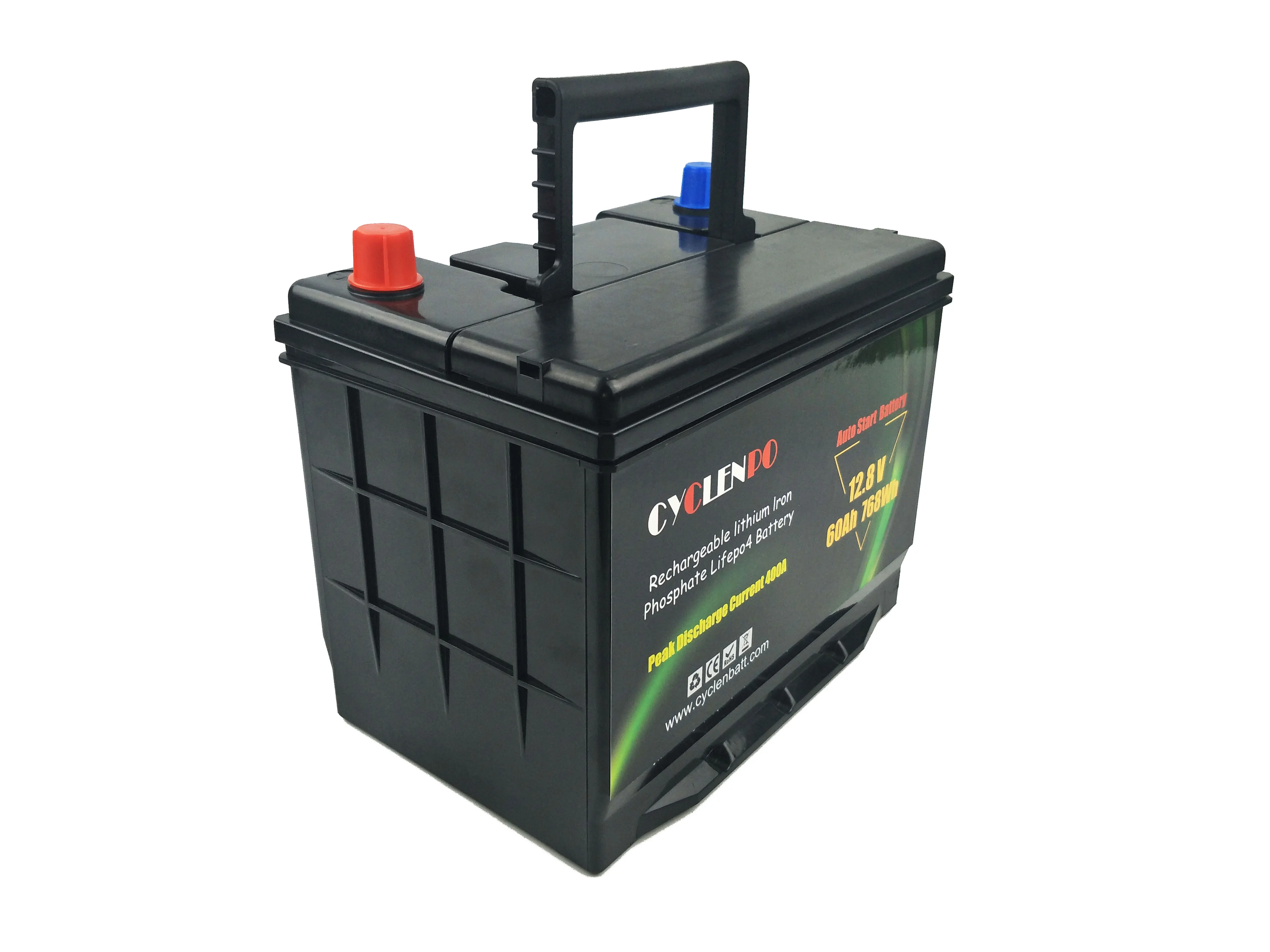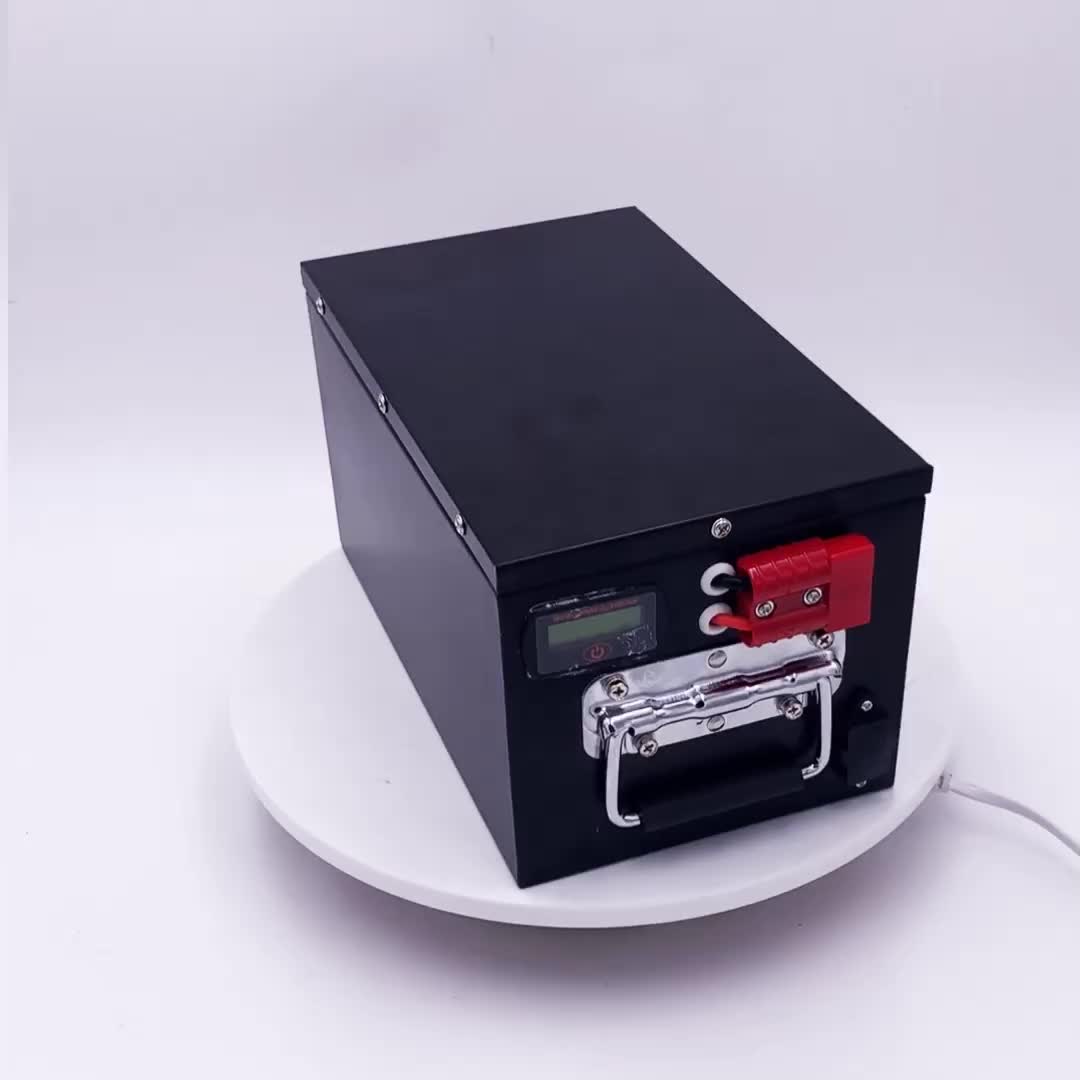

In some cases this can lead to thermal runaway and combustion. Li-ion batteries have a tendency to overheat, and can be damaged at high voltages. Currently, the bestselling electric cars, the Nissan Leaf and the Tesla Model S, both use Li-ion batteries as their primary fuel source.ĭespite their technological promise, Li-ion batteries still have a number of shortcomings, particularly with regards to safety. From a clean energy perspective, much of the promise of Li-ion technology comes from their potential applications in battery-powered cars. Li-ion batteries are also used to power electrical systems for some aerospace applications, notable in the new and more environmentally friendly Boeing 787, where weight is a significant cost factor.
LITHIUM CAR BATTERY OVERVIEW PORTABLE
They do not contain toxic cadmium, which makes them easier to dispose of than Ni-Cd batteries.ĭue to these advantages, Li-ion batteries have displaced Ni-Cd batteries as the market leader in portable electronic devices (such as smartphones and laptops). Li-ion batteries also have low self-discharge rate of around 1.5-2% per month. This is an advantage over both Ni-Cd and Ni-MH, which display this effect. Li-ion batteries have no memory effect, a detrimental process where repeated partial discharge/charge cycles can cause a battery to ‘remember’ a lower capacity. This means that they can deliver large amounts of current for high-power applications, which has Li-ion batteries are also comparatively low maintenance, and do not require scheduled cycling to maintain their battery life. In addition, Li-ion battery cells can deliver up to 3.6 Volts, 3 times higher than technologies such as Ni-Cd or Ni-MH. They have one of the highest energy densities of any battery technology today (100-265 Wh/kg or 250-670 Wh/L). Li-ion batteries typically use ether (a class of organic compounds) as an electrolyte.Ĭompared to the other high-quality rechargeable battery technologies (nickel-cadmium or nickel-metal-hydride), Li-ion batteries have a number of advantages. Other cathode materials include lithium manganese oxide (used in hybrid electric and electric automobiles) and lithium iron phosphate. The most common combination is that of lithium cobalt oxide (cathode) and graphite (anode), which is most commonly found in portable electronic devices such as cellphones and laptops.

Li-ion batteries can use a number of different materials as electrodes. In part because of lithium’s small size (third only to hydrogen and helium), Li-ion batteries are capable of having a very high voltage and charge storage per unit mass and unit volume. The lithium ions are small enough to be able to move through a micro-permeable separator between the anode and cathode. The lithium ions move from the anode and pass through the electrolyte until they reach the cathode, where they recombine with their electrons and electrically neutralize. During a discharge cycle, lithium atoms in the anode are ionized and separated from their electrons. A lithium-ion (Li-ion) battery is an advanced battery technology that uses lithium ions as a key component of its electrochemistry.


 0 kommentar(er)
0 kommentar(er)
